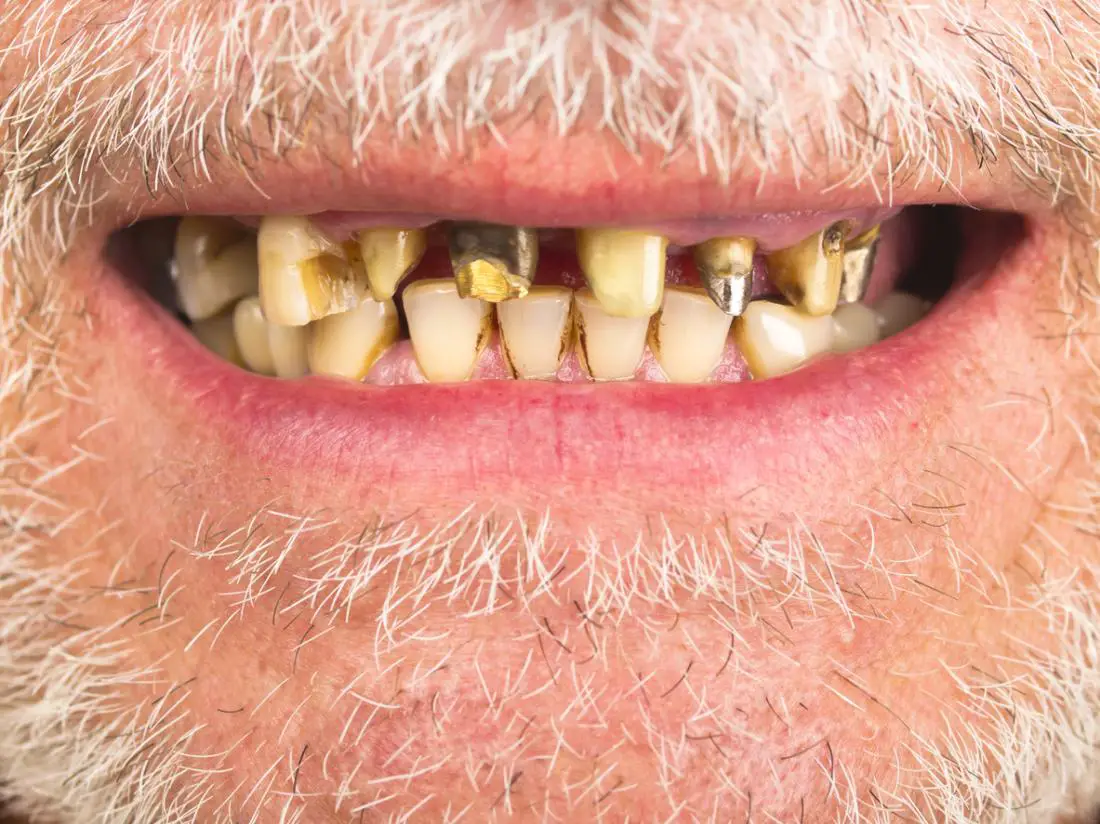For humans, vitamin C is an essential vitamin. It is required to manufacture the building blocks of collagen. Vitamin C also acts as an antioxidant, helps fight infections and aids iron absorption.
Humans lack the necessary enzymes to produce it and must, therefore, ingest it. Vitamin C is naturally found in fresh fruits and vegetables, some of which includes; grapefruits, oranges, lemons, potatoes, limes, spinach, red peppers, broccoli, and tomatoes.
A significant amount of vitamin C that is consumed comes in the form of vegetables and fruits. Lack of exposure to these foods has been the causal factor of a lot of nutrients.
Total body storage of vitamin C is 1500 mg, and clinical features of deficiency occur after that level is reduced to less than 350 mg.
Scurvy is a condition that occurs as a result of deficiency of vitamin C. It is a disease characterized by symptoms which include weakness, sore arms and legs, and exhaustion.
Without treatment, scurvy could lead to gum disease, changes in hair color, decreased red blood cells and bleeding from the skin. As the condition exacerbates, it could result in poor healing of wounds, changes in personality and death from bleeding or infection.
Scurvy takes at least four weeks of little or no vitamin C in diet before symptoms occur. The people at the most risk in modern times are those with unusual eating habits, alcoholics, older people who live alone, and people with mental disorders.
It is a rare condition compared to other nutritional deficiencies; occurring more often in the developing countries alongside malnutrition. Scurvy was described as early as 1550BC in ancient Egypt when people diagnosed and treated the disease using onions and vegetables.
It was made infamous by tales of British sailors and pirates due to how the disease limited long-distance travel and often killed lots of people. In 1753, a Scottish surgeon in the Royal Navy called James Lind proved that scurvy could be treated with citrus fruits.
Causes and Risk Factors of Scurvy
Scurvy is caused by a prolonged lack of vitamin C. Since humans obtain the majority of their intake of vitamin C from fruits and vegetables, cooking these vitamin C sources reduces vitamin C content 20-40%.
According to the National Health Institute (NIH), dietary allowance of vitamin C of 75 mg for women and 90 mg for men. The body’s store of vitamin C can be depleted in 1-3 months.
Ascorbic acid is prone to oxidation, and are affected by environmental and lifestyle factors like smoking; pathologic conditions (e.g., malabsorption) and biological conditions (e.g., inflammation, iron excess), and) that may alter its oxidation.
Risk factors for scurvy include the following;
- Babies who are fed only cow’s milk or plant-based beverages (almond milk) during the first year of life
- Alcoholics
- Elderly or retired people who live alone and feed on tea and toast diets
- People who eat primarily at fast-food restaurants.
- Poor people who cannot afford fruits
- Cigarette smokers
- Pregnant and lactating women and those with thyrotoxicosis
- People with eating disorders like anorexia nervosa
- Individuals with type 1 diabetes who have increased vitamin C requirements
- Individuals with disorders of the small intestine such as Crohn, Whipple, and celiac disease,
- People who have had a gastric bypass surgery
- Individuals with iron overload disorders
Signs and Symptoms of Scurvy

Early signs of scurvy typically begin after at least 4 weeks of severe, continual deficiency of vitamin C. However, it takes three months or more for symptoms to develop.
Early warning signs of scurvy include:
- Weakness
- Low-grade fever
- Unusual exhaustion
- Reduced appetite
- Aching legs
- Irritability
If left untreated, symptoms after 1-3 months include;
- Anemia which occurs as a result of lack of red blood cells
- Bruise-like raised bumps at hair follicles with central hairs that appear twisted, and break easily
- Large areas of reddish-blue to black bruising, usually on the legs and feet
- Gingivitis, or red, soft, and tender gums that bleed easily
- Bleeding under the skin
- Difficult breathing
- Chest pain
- Irritation of the eyes coupled with dryness and hemorrhaging in the conjunctiva
- Tooth decay
- Mood swings
- Gastrointestinal bleeding
- Swollen and tender joints
- Reduced wound healing and immunity
- Light sensitivity
- Blurred vision
- Headache
If left untreated, scurvy can cause life-threatening conditions and may even lead to death
Diagnosis
A doctor will conduct a physical exam, and request lab tests to assess levels of ascorbic acid in the blood.
Ultrasound tests can reveal internal damage resulting from scurvy.
Treatment and Prevention
Treating scurvy involves administering vitamin C supplements orally or by injection.
The recommended dosage of vitamin C is:
- 1 to 2 grams (g) per day for 2 to 3 days
- 500 milligrams (mg) for the next 7 days
- 100 mg for 1 to 3 months
There should be a noticeable improvement in fatigue, lethargy, pain, anorexia, and confusion in patients within 24 hours. Bruising, bleeding, and fatigue start to resolve within 7-14 days
A complete recovery is possible after. Long-term effects of scurvy are unlikely, except in cases of severe dental damage.
Fruits and leafy green vegetables should be consumed regularly to prevent scurvy. Citrus fruits like oranges, limes, and lemons contain vitamin C and have traditionally been used in order to avoid and treat the disorder.
Other fruits and vegetables that contain vitamin C include;
- Sweet peppers
- Guavas
- Cantaloupes and most melons
- Green peas
- Brussels sprouts
- Kiwifruits
- Berries, especially raspberries, strawberries, and blackberries
- Pineapples
- Broccoli
- Mango
- Tomatoes
- Potatoes
- Papayas
- Dark, leafy greens, especially kale, spinach, and Swiss chard
- Cauliflower












